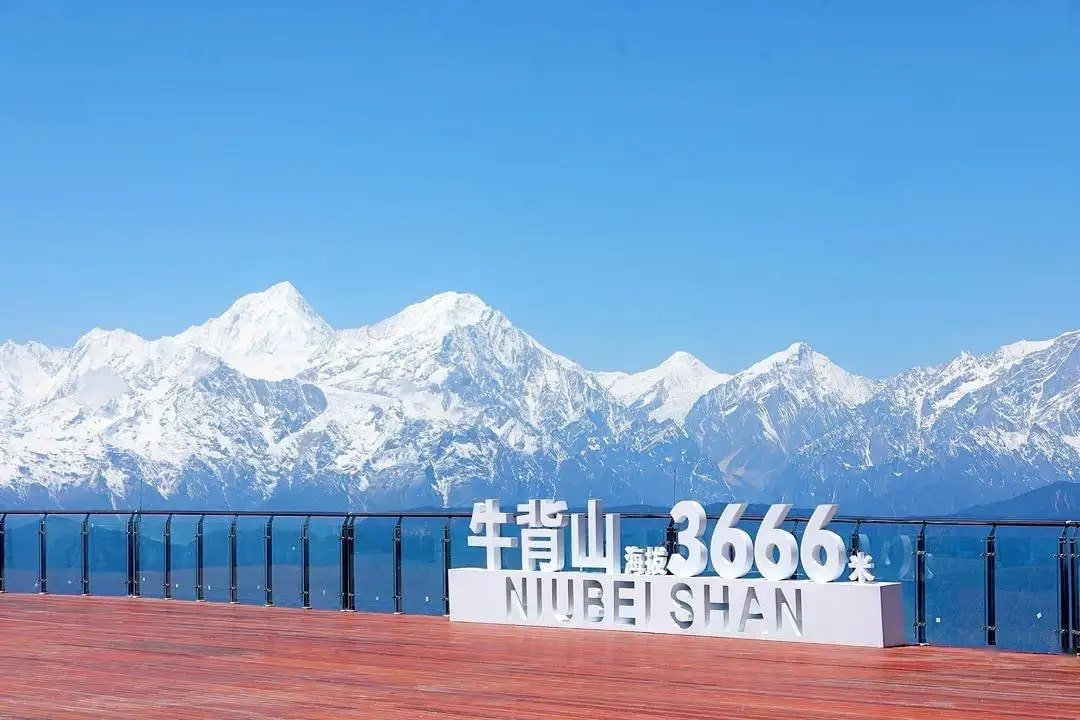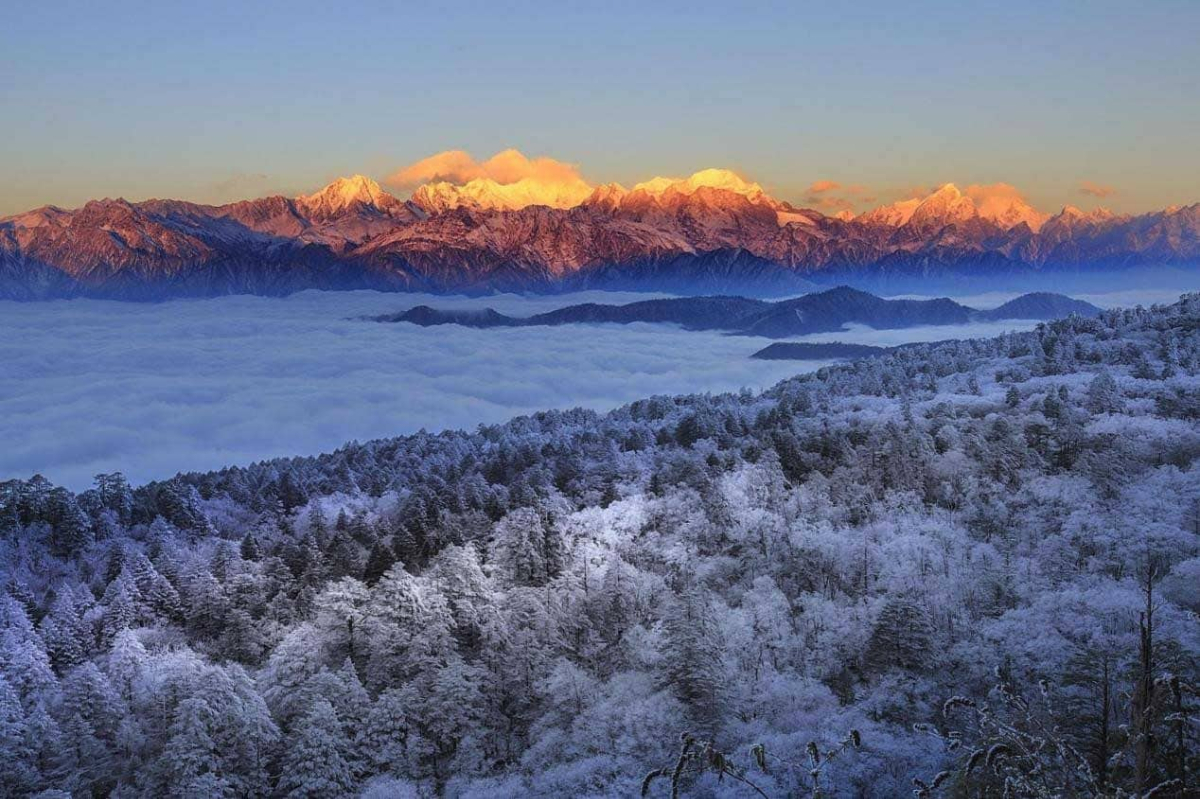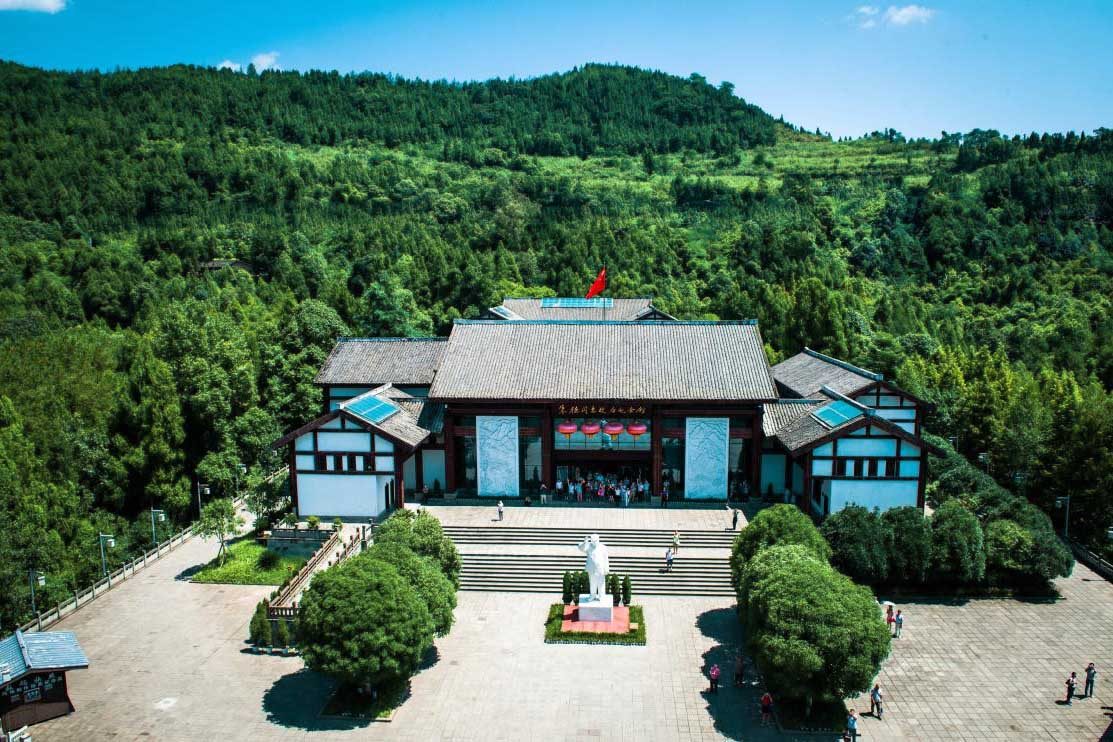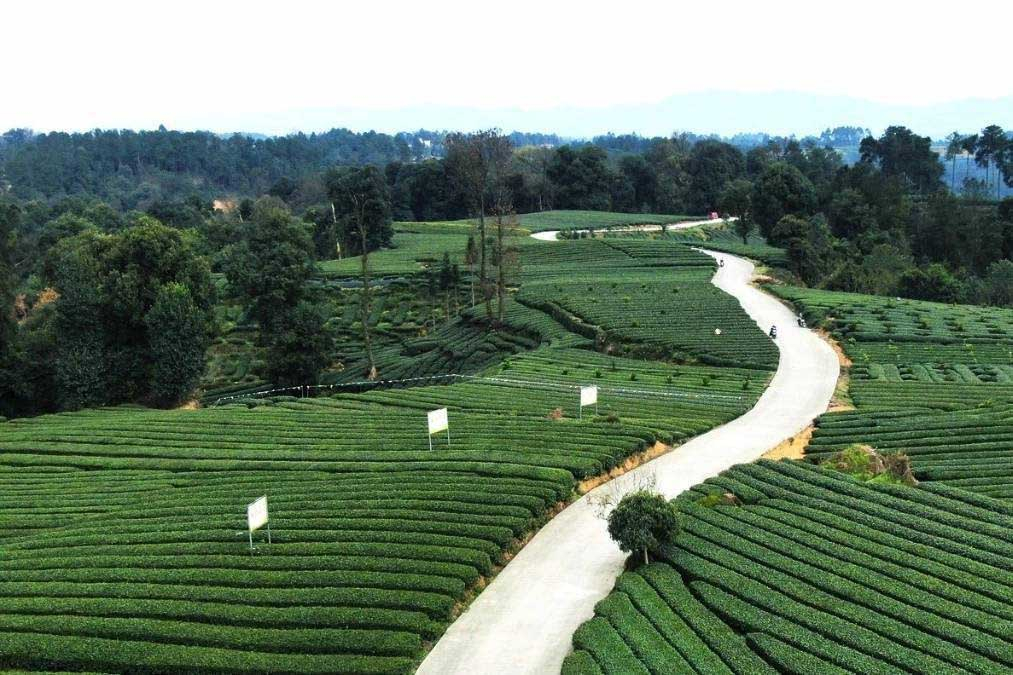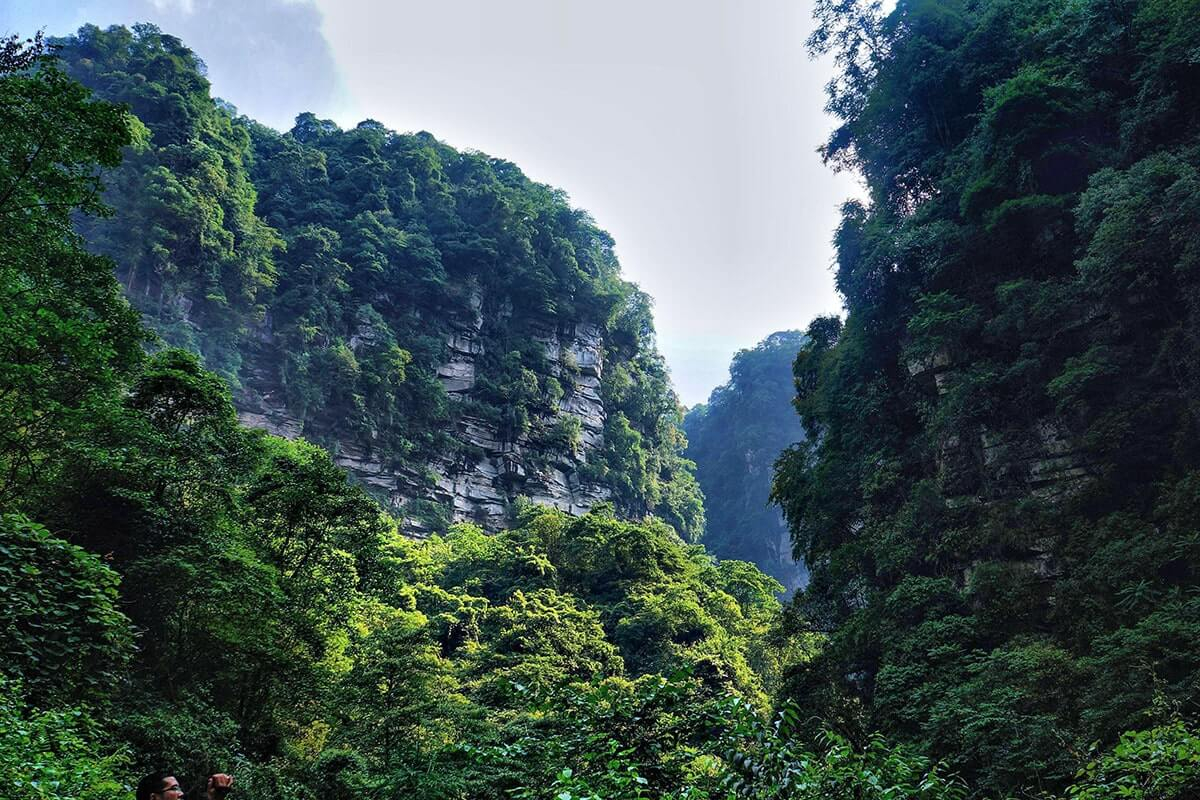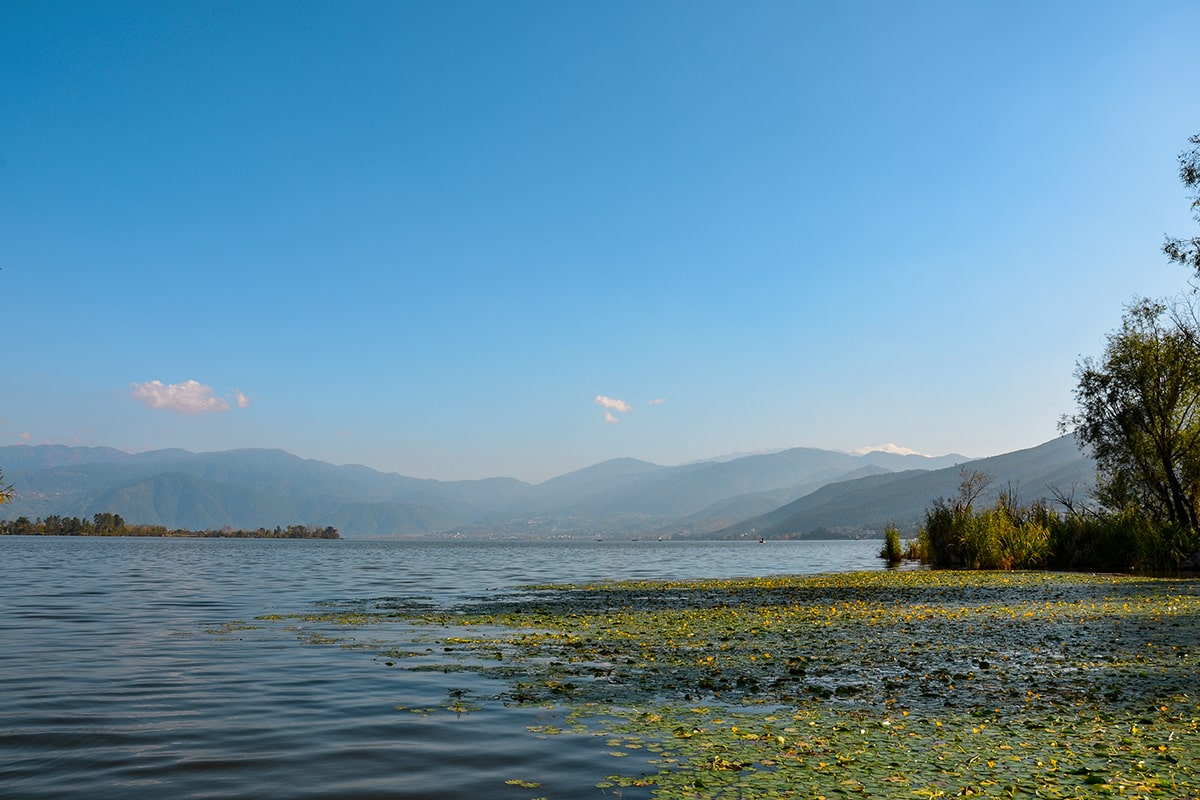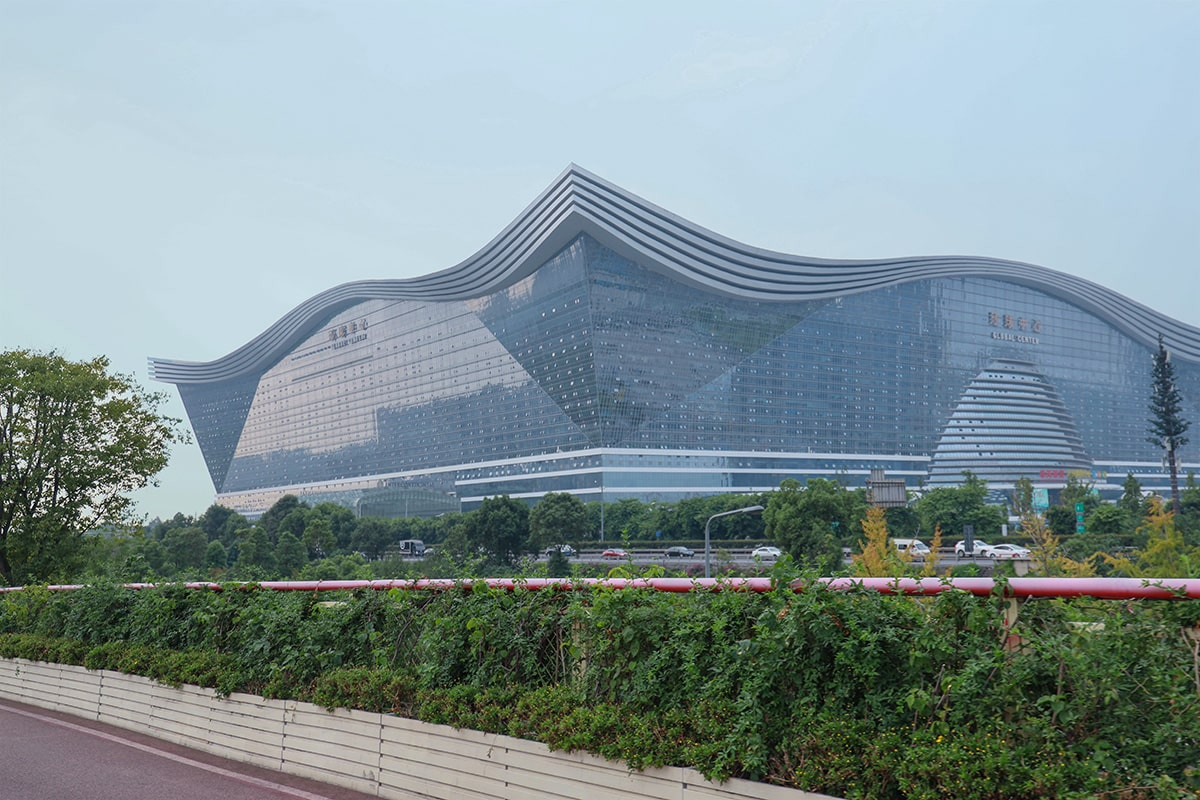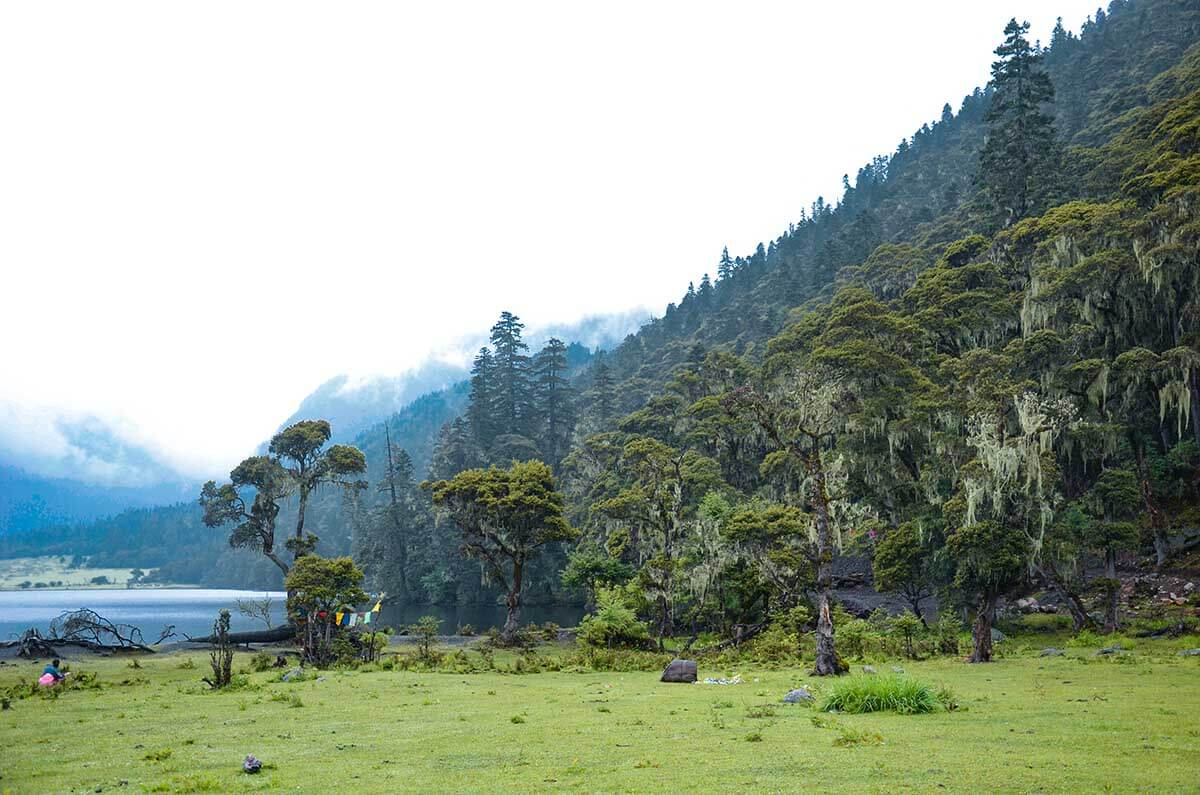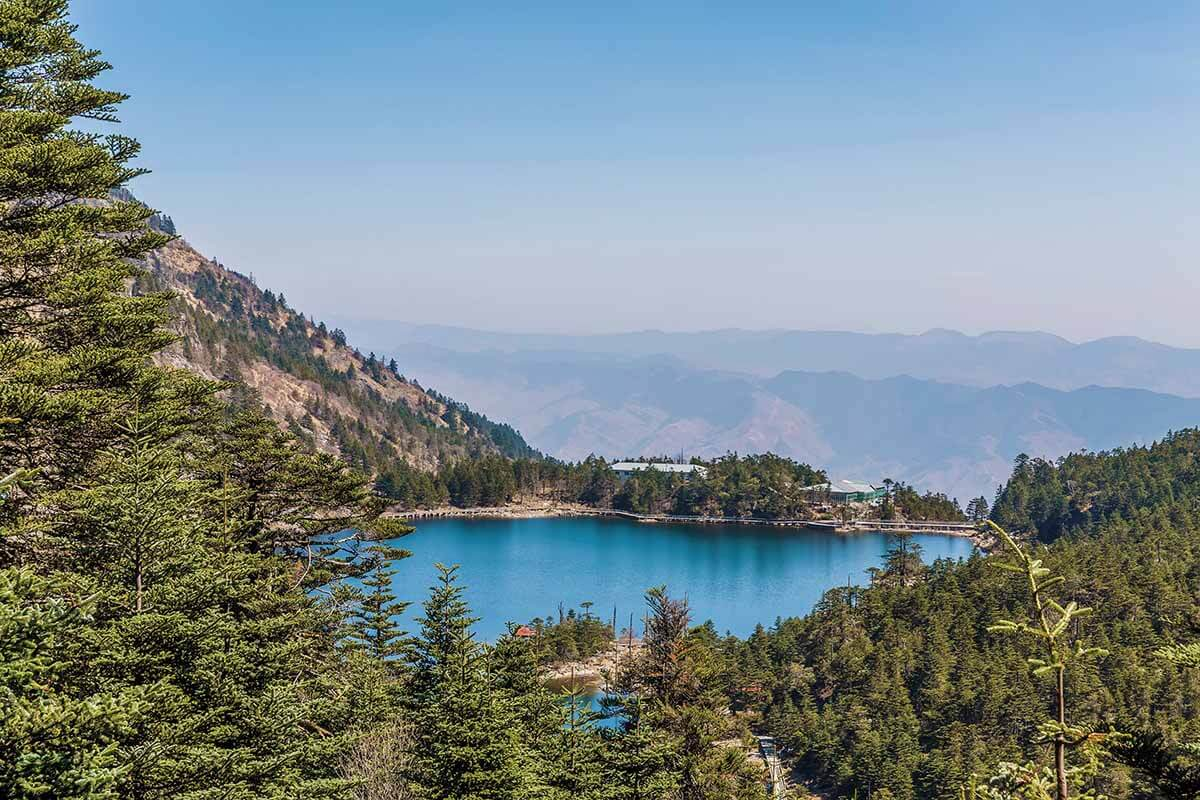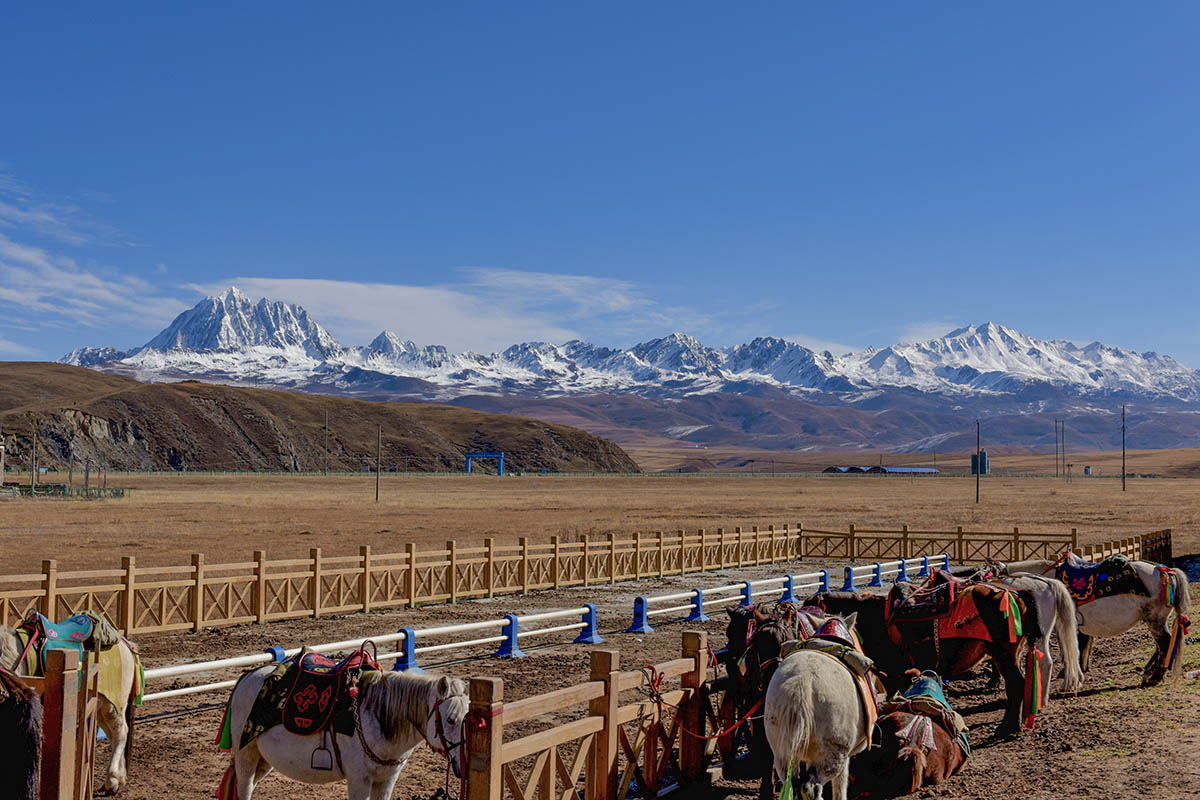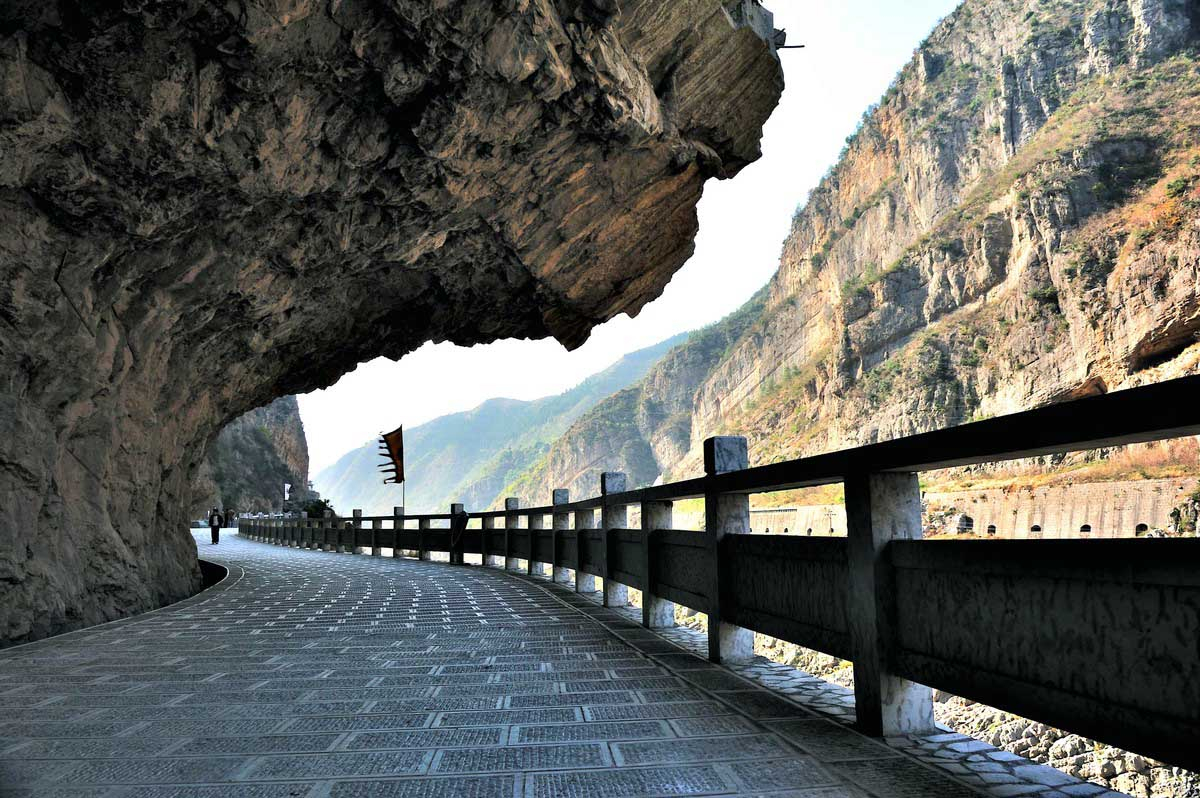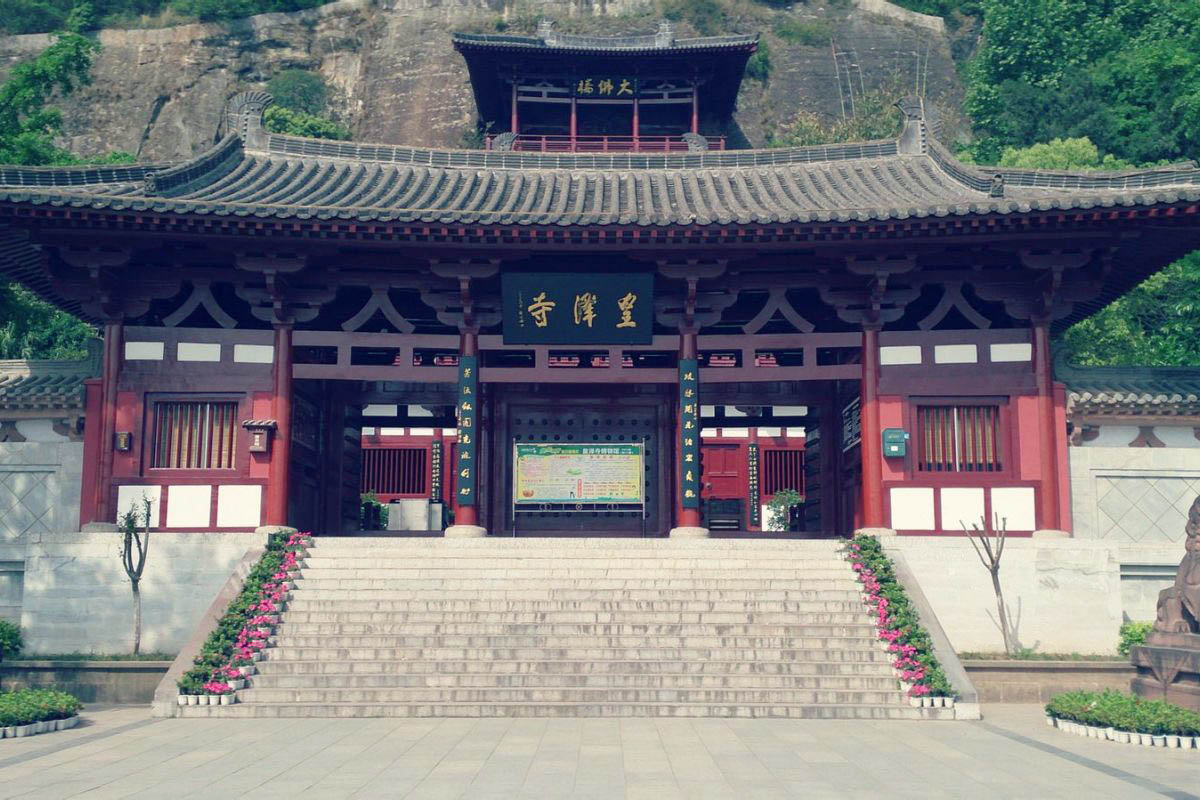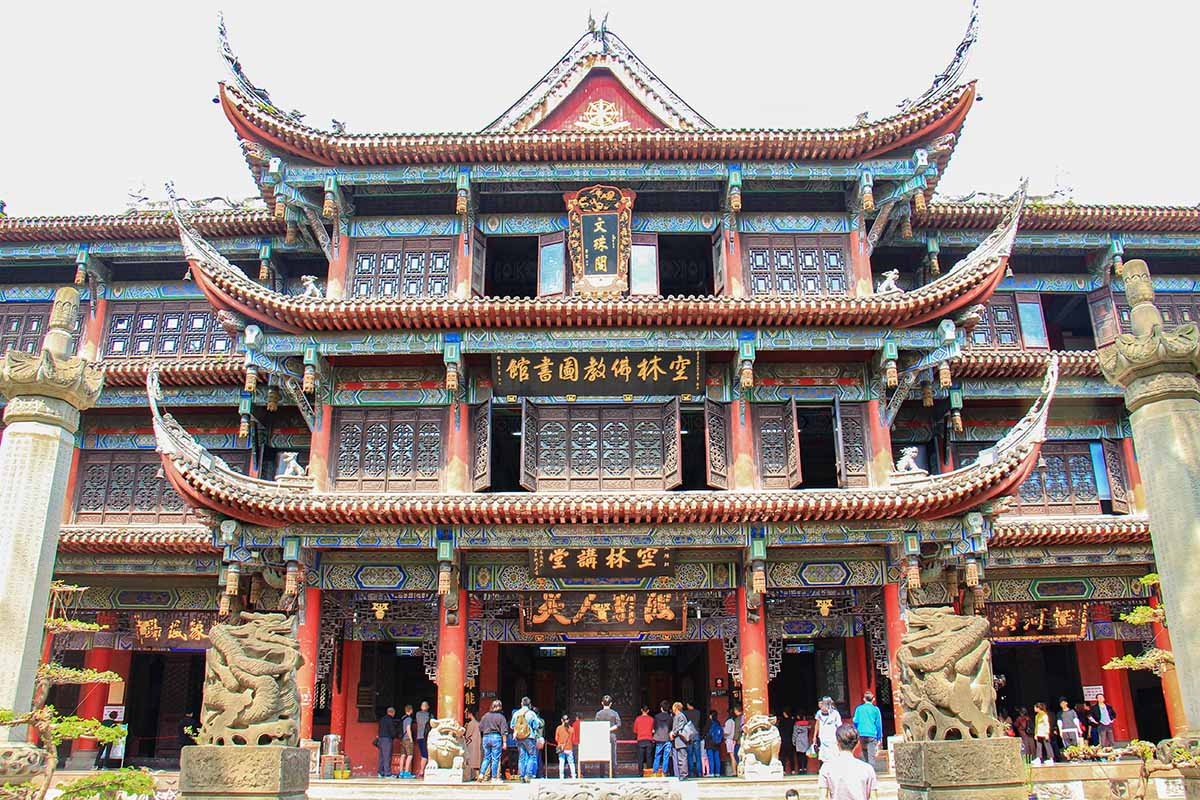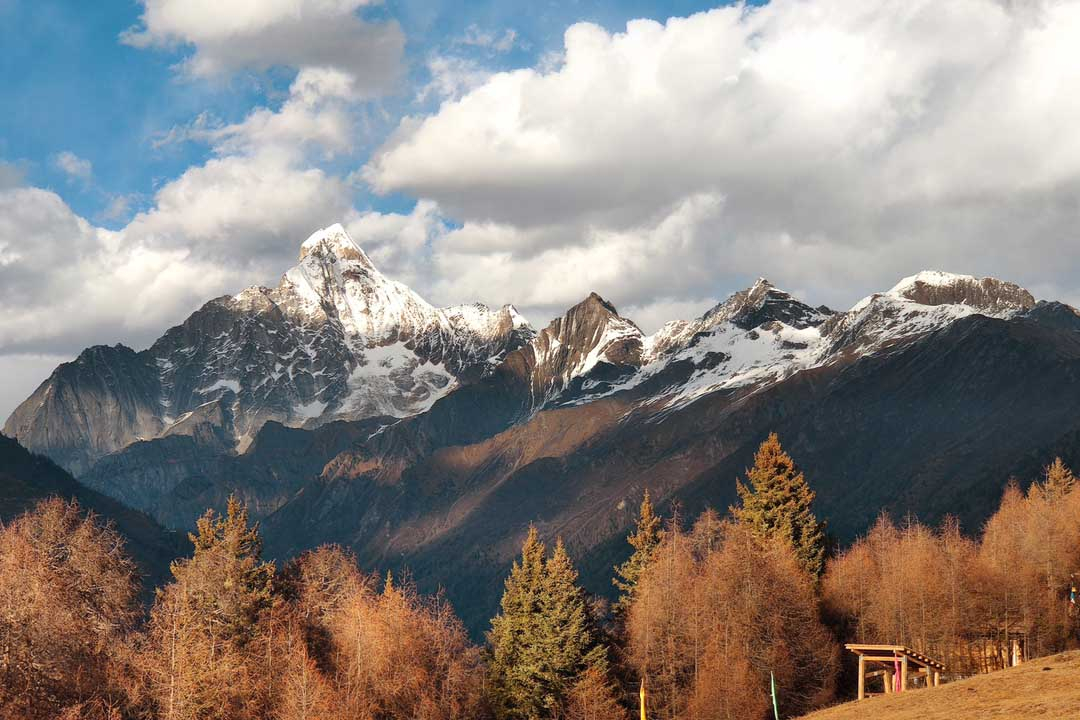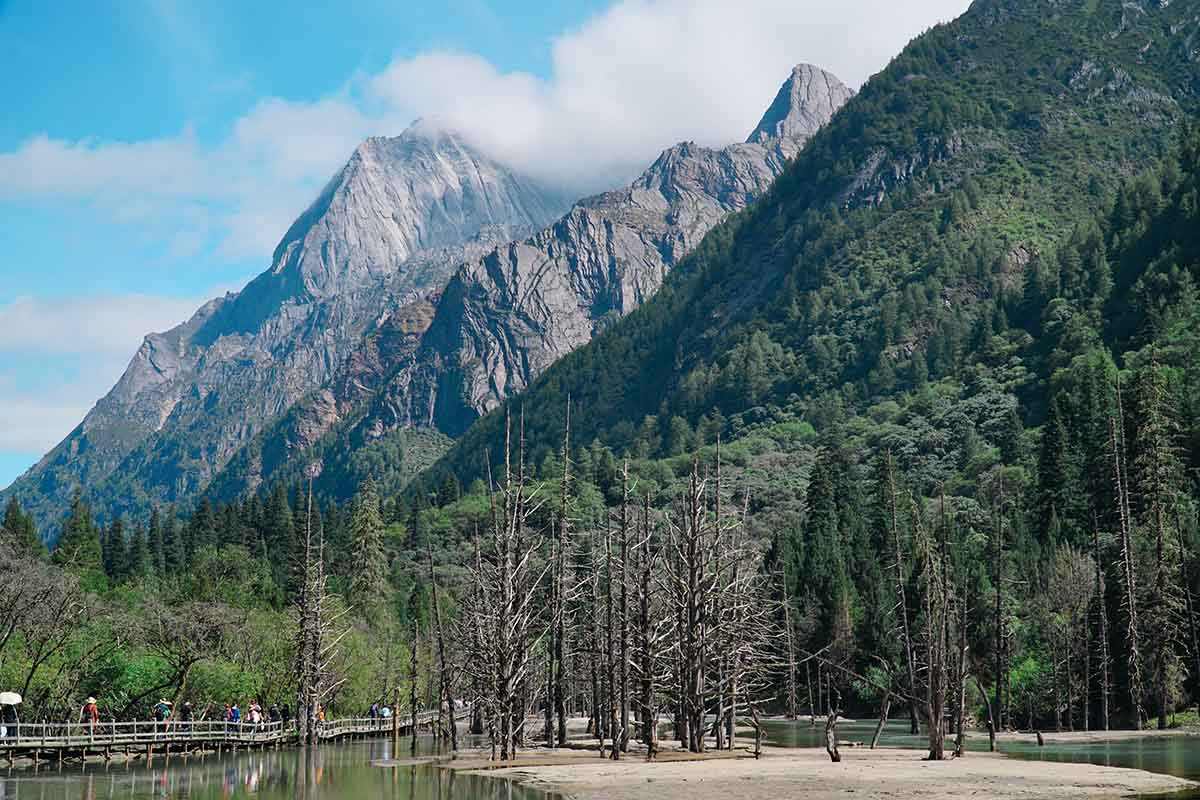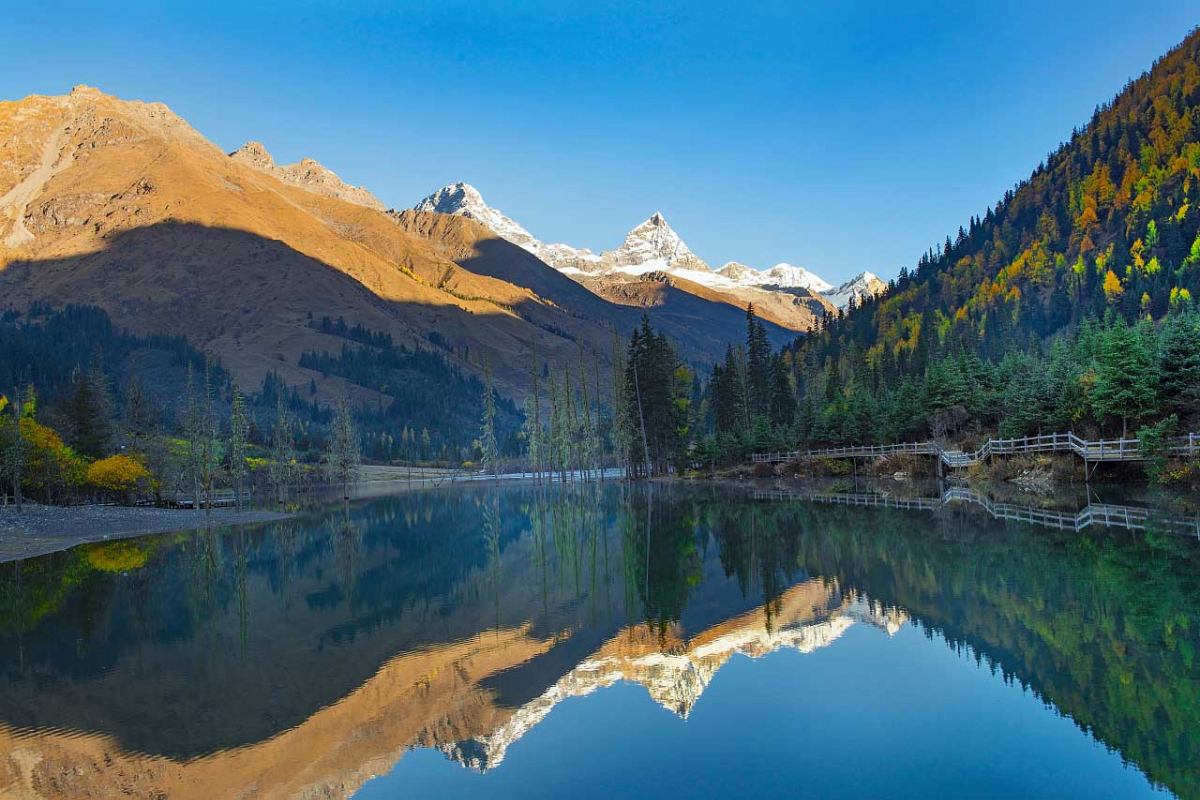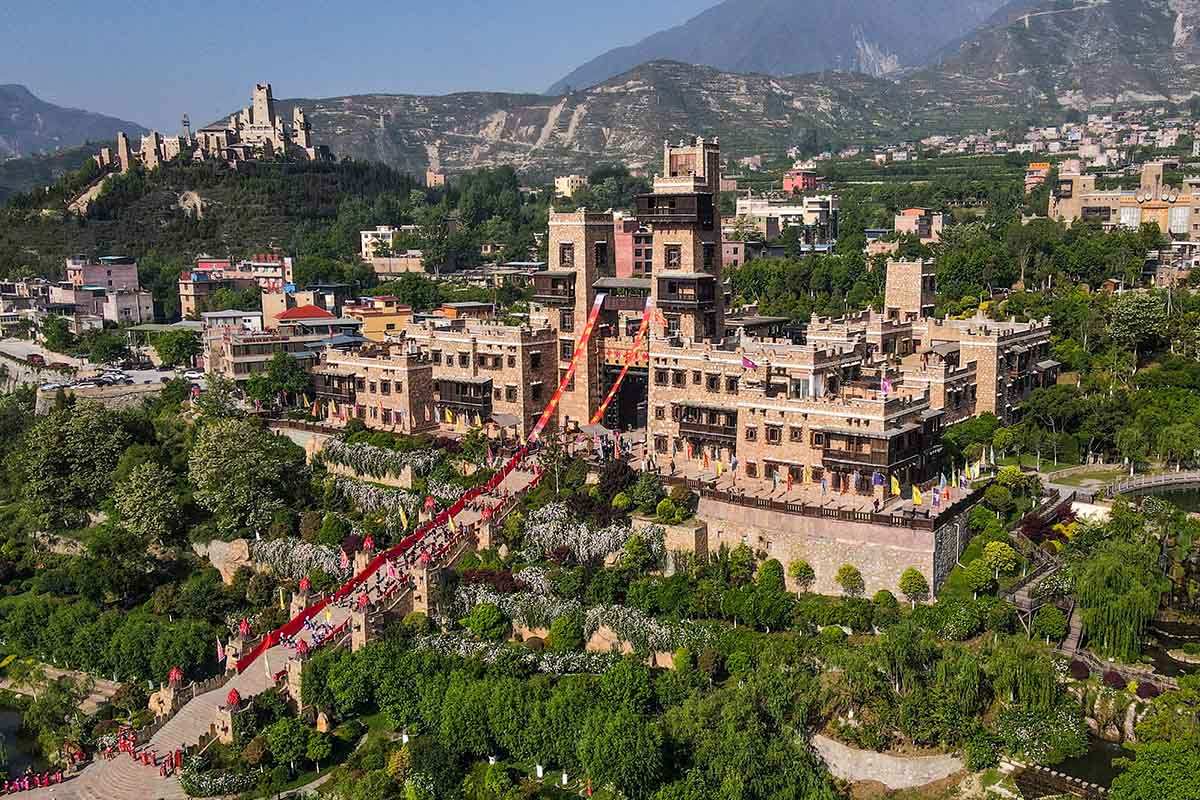Mingyue Gorge
Chinese Name: 明月峡 (Ming Yue Xia)
Location: Mingyue Avenue, Chaotian District, Guangyuan, Sichuan Province
Ticket: Entrance Ticket CNY70.00
Estimated tour time: 3 hours
Recommended time to visit: All year round
Nearby attractions: Huangze Monastery, Jianmen Pass Scenic Area, Cuiyun Corridor Scenic Spot, Zhaohua Ancient City, Tangjiahe Natural Reserve, etc.
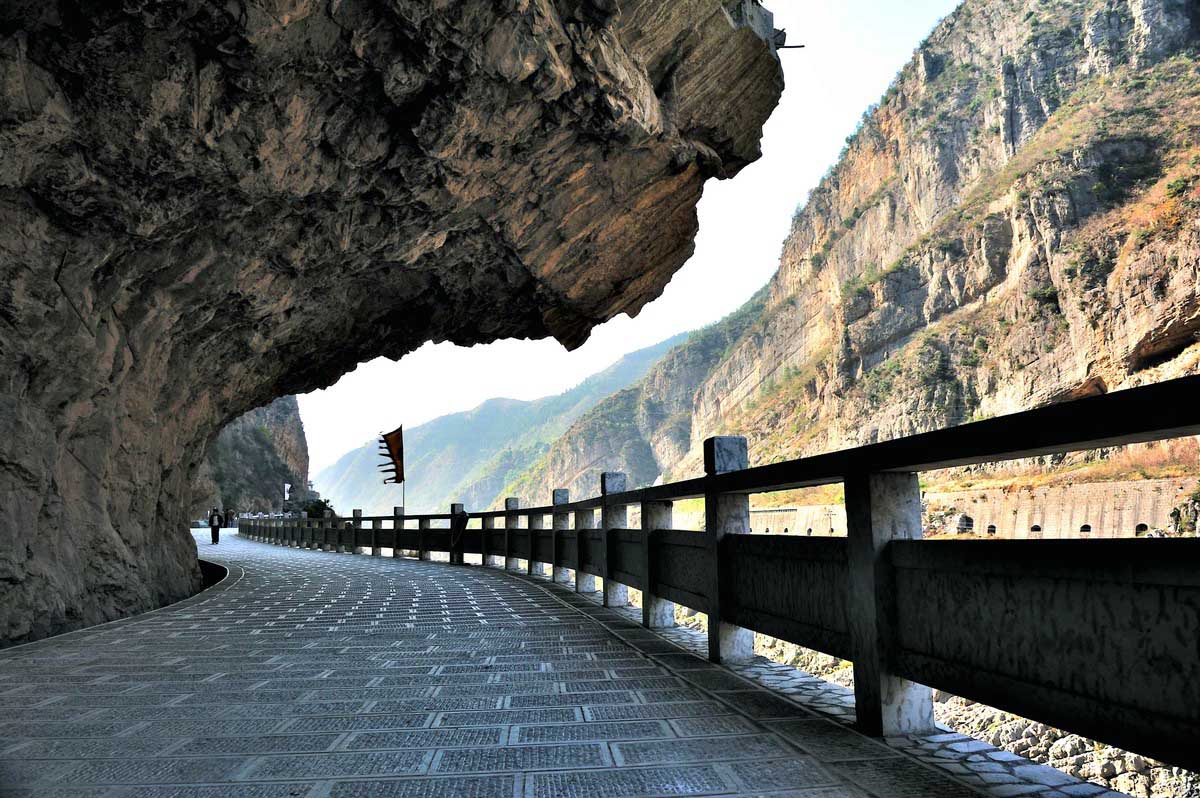
Mingyue Gorge, with a history of more than 2300 years, is a grand canyon with unique scenery located in the northern part of Sichuan Province, parallel to 6 roads/ways that were built in different eras. It was originally named Chaotian Gorge (朝天峡) after Chaotian Town. Chaotian means worshipping the Emperor, it is because when Emperor Xuanzong of Tang Dynasty was escaping from rebellion and moved to Chengdu, local officials received him and paid homage to him. Later, in the Ming (1368-1644) and Qing (1636-1911) Dynasties, the literati advocated nature, so they changed the name to Mingyue Gorge (Bright-moon Gorge) based on Li Bai's poem "clear wind, bright moon (清风清,明月明)".
This gorge is located on the Jialing River, 2km to the south of Chaotian District, 30km to the north of Guangyuan. It is about 4km long and 100m wide, with cliffs on both sides. To the East is the famous Chaotian Ridge, with a valley of 2km deep. Furthermore, Chaotian Gorge can be called “the throat of the Shu Road”, as it is the only channel connecting the north and the south of China. The terrain is precipitous, and for thousands of years, people have left six ancient and modern roads here. Therefore, Mingyue Gorge is known as “the natural museum of China’s traffic” and “the living fossil of China's roads’ development”.
● The 6 roads are:
1. Ancient plank road built during pre-Qin Dynasty (paleolithic period - 221 B.C.) which is formed by drilling holes on the cliff and laying boards.
2. Jinniu Post Road: with the development of gunpowder and ironware, the ability of constructing roads was improved and it is more convenient to cut into the mountain. So Jinniu Road was built on the half-way up the hill and had been used to the Republic of China (1912-1949).
3. Qianfu Road: trackways built by boatmen along the Jialing River for towing boats.
4. Jialing River Fairway.
5. Sichuan-Shaanxi National Highway 108: built during the Republic of China and was completed in 1937. It is very close to modern highway, but the pavement is not good. This one is basically abandoned after several new national highways were built.
6. Baocheng (Baoji-Chengdu) Railway: built in the 1950s and is right opposite to Sichuan-Shaanxi Highway.
● Mingyue Gorge Ancient Plank Road Relic Site
This ancient plank road was built from the Warring States period (475-221 B.C.) to the Song Dynasty (960-1279) with a history of more than 2300 years. Some Chinese experts call it "the top three outstanding ancient buildings comparable to the great wall and the great canal". In addition, it is the earliest built and the best preserved one in China, with the most scientific structure and the largest number of holes. The ancient plank road is located under the Mingyue Gorge and the old Sichuan-Shaanxi Highway. Now there are only a few remains. Except for the stone holes, many of them were restored.
- HOTEST
- RECOMMEND
